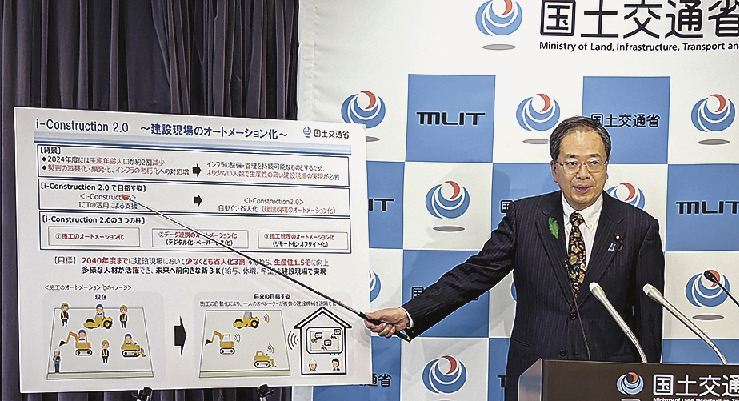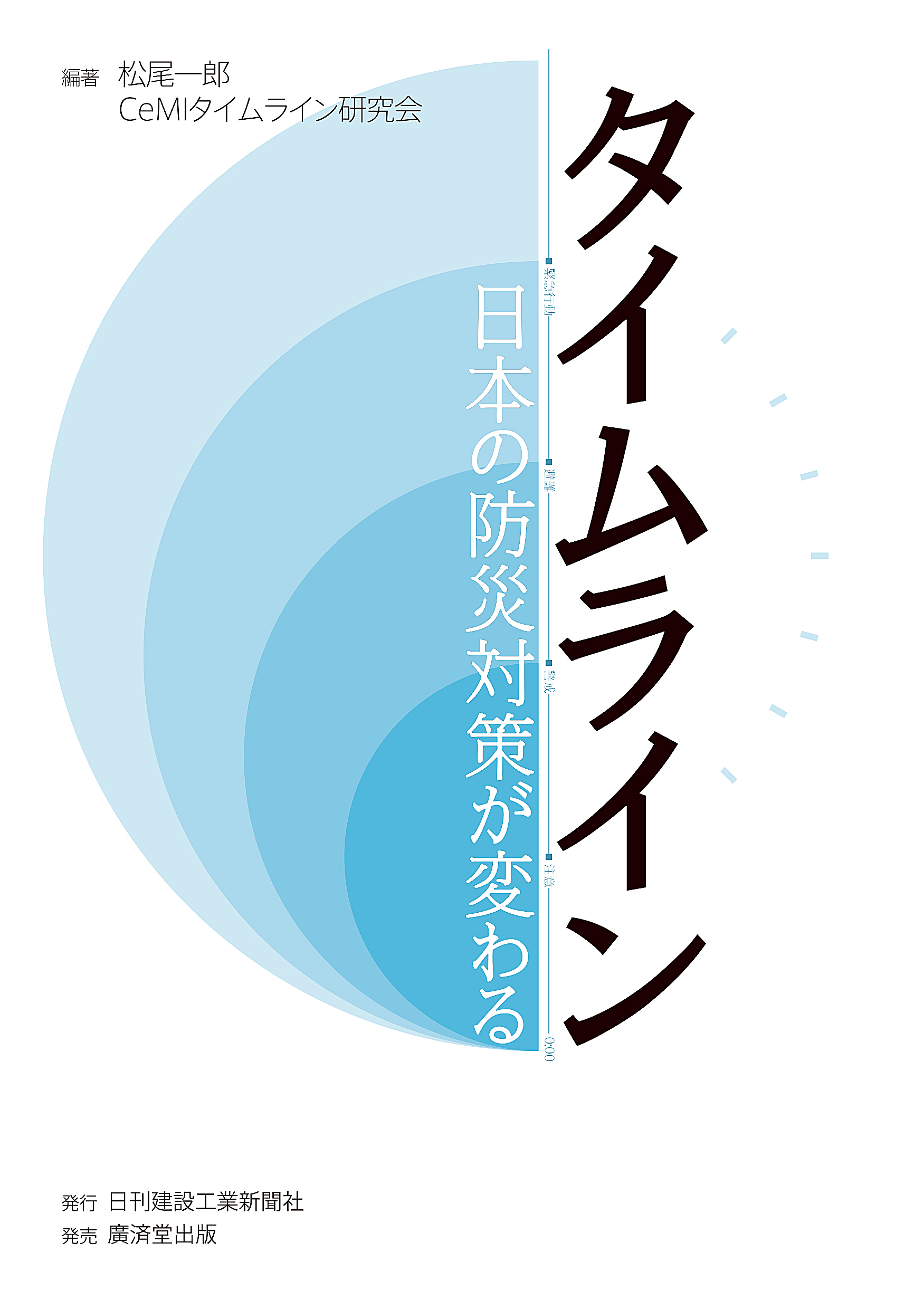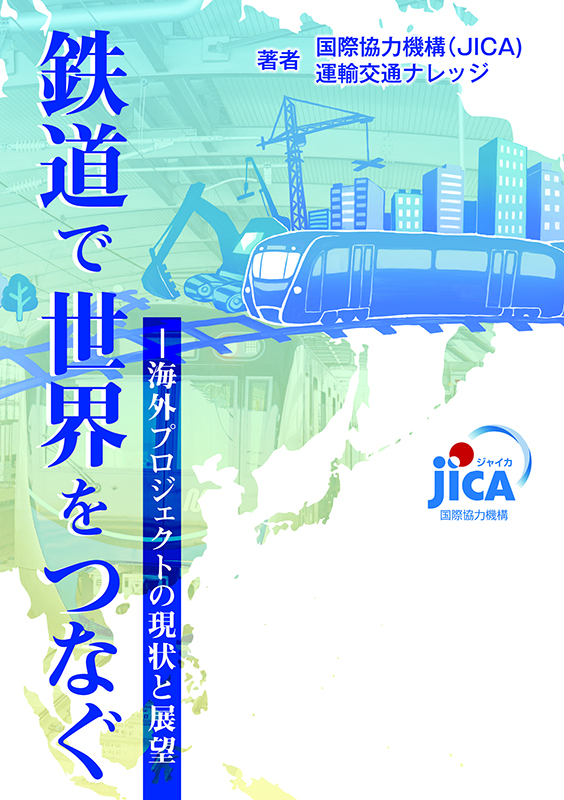Japanese Infrastructure Ministry Unveils Action Plan "i-Construction 2.0" to Achieve Construction Site Automation by 2040
Japanese Ministry of Land, Infrastructure, Transport and Tourism has announced an action plan titled "i-Construction 2.0," aimed at realizing the automation of construction sites by the fiscal year 2040. In response to a worsening shortage of workers, the plan prioritizes measures for labor saving. Within the plan period, the minimum numerical targets to be achieved are set at a 1.5-fold increase in productivity and approximately equivalent 30% labor reduction through automation. In addition to on-site construction automation, the plan promotes digitalization and paperless processes through data linkage such as BIM and the remote and off-site management of construction.
Minister Tetsuo Saito explained during a post-Cabinet meeting on April 16th. He outlined the intention to pursue automation in each of the three pillars: construction, data linkage, and construction management, stating, "We will also promote collaboration between industry, academia, and government for trial construction using automation technology and technological development." He emphasized that labor-saving measures contribute to ensuring the safety of on-site workers, securing diverse talents, and achieving the realization of the "new 3Ks" (salary, holidays, and aspirations). He expressed eagerness to advance these efforts, saying, "We want to proceed with this to change the future of construction sites."
Setting the target of at least a 30% labor reduction is driven by concerns about maintaining infrastructure amid a declining population. According to estimates by government agencies, Japan's population of working-age individuals is expected to decrease by approximately 20% by the fiscal year 2040. The need to address frequent disasters and aging infrastructure is believed to be increasing, prompting the acceleration of labor-saving measures derived from future projections. While the previous i-Construction initiative primarily focused on transforming the construction production process, the new approach appeals to society as an essential initiative to continue providing infrastructure services to the general public. (2024/04/17)



















